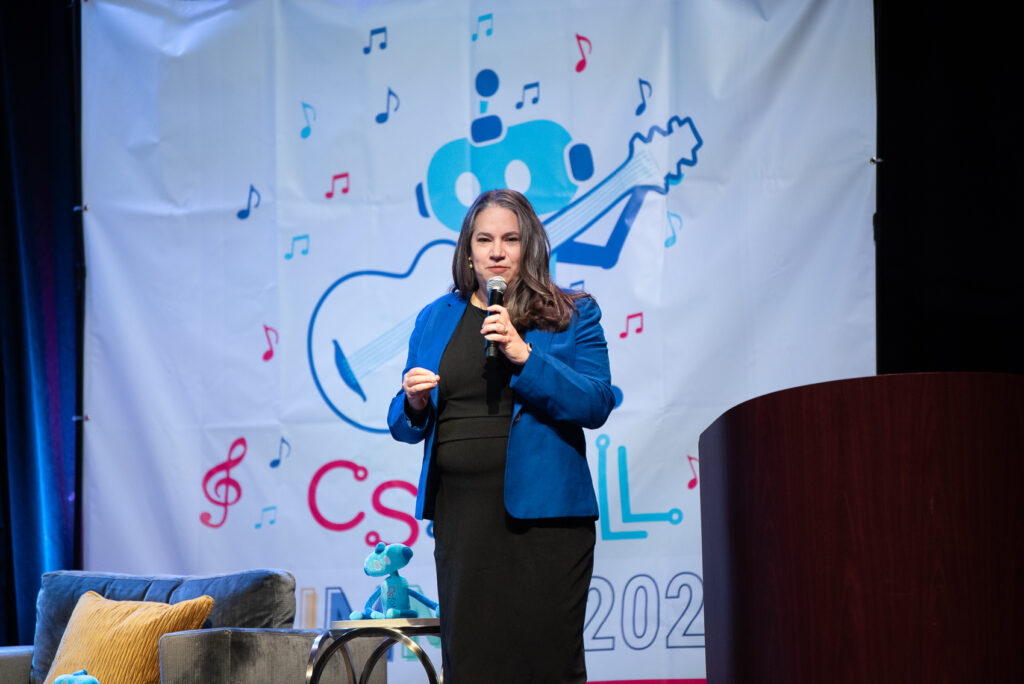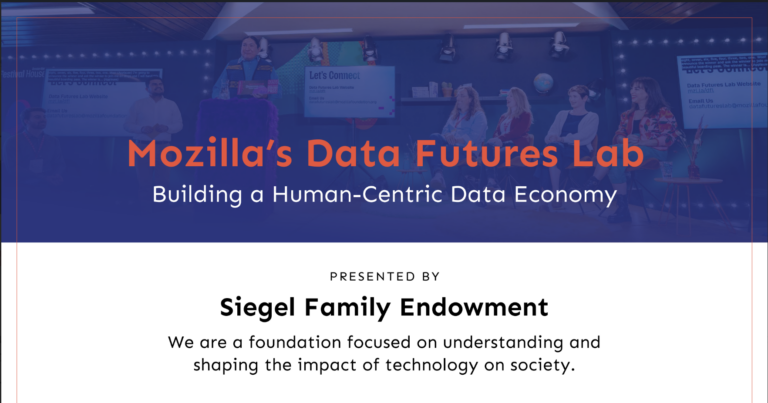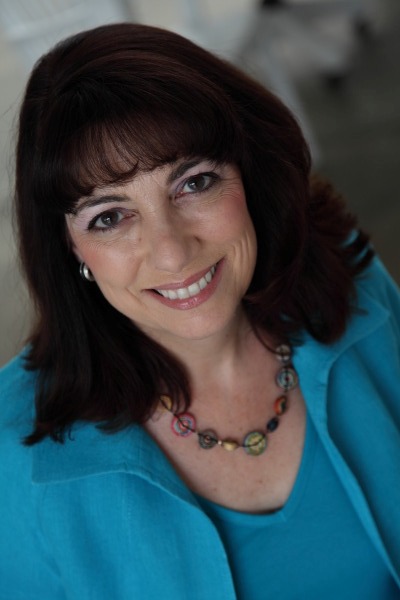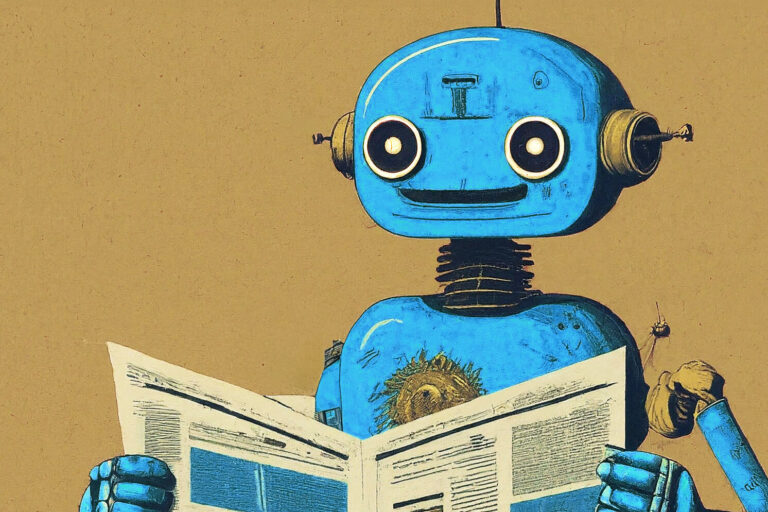
Advocate and activist for computer science education reform, Leigh Ann DeLyser remembers the early days of CSforALL, a project that started within CSNYC in 2016 that evolved into a nonprofit organization that she co-founded. Now seven years later as the executive director of the national hub for the Computer Science for ALL movement, DeLyser recalls, “People thought we were crazy.”
Today, CSforALL’s mission of making high-quality computer science education an integral part of K-12 education across the country, seems uncontroversial. But DeLyser recalls that the organization’s raison d’etre raised some eyebrows when CSforALL officially launched as a national initiative, with funding and partnership from Siegel Family Endowment.
At the time, discussion around computer science education in schools began and ended with access. “It was still the era of computer science as rocket science,” DeLyser explains.
“Education leaders, corporate leaders, and workforce advocates all thought that we should offer computer science courses so that high performing students could have access,” DeLyser recalls. “It was a way of identifying the diamonds in the rough who could emerge as computer programmers in the talent pipeline of the future.”
Katy Knight, executive director and president of Siegel Endowment and CSforALL board member, expands, “We believe that young people should learn computer science because we see it as a central element of an education that is well-rounded and adequately prepares students to thrive in any job in today’s tech-dominated world. Not all students grow up to be professional writers, but they should learn to write. As with writing, learning to code enables children to develop their thinking, their creative voice, and their identity.”
CSforALL offered an innovative vision. The coalition of providers, schools and districts, funders, and researchers that comprised CSforALL leaned into the “for ALL” part of their name. Building on an earlier iteration of its work as a New York City-focused nonprofit, the coalition argued that CS wasn’t only for high-achieving students. Instead, the group viewed CS as a fundamental literacy that all students should access. Not only could the entire student population learn computer science, but their schools were failing them if they weren’t given opportunities to engage in that learning.
New Questions, Strategies, and Stakeholders
That shift in thinking meant taking on a set of accepted truths within the CS education community and proposing new ways of doing things. It meant asking new questions:
- What was the point of CS education? Was it to identify and train the students who would become the highly-paid computer programmers of the future? Or were there other goals?
- Should CS education be offered only through AP courses for high-achieving high school upperclassmen? What opportunities were there for teaching computer science to younger students through courses of different subjects?
- Was a one-size-fits-all approach to computer science education useful? What role should individual schools and districts have in crafting their own goals and plans for CS education?
- What does high-quality CS education look like when it is deployed to the general student population? In what ways do curricula and pedagogical approaches need to shift in order to support all students in CS learning?
- How can we best support teachers in integrating CS education into their classrooms? What investments do school communities need to make in this work? How can we elevate the position of high-quality CS education so that it makes it onto districts’ priority lists?
Along with new questions, CSforALL prompted the building of a new coalition of stakeholders in K-12 CS education. If the movement was to be successful, it had to be exactly that: a movement with a range of stakeholders across the educational ecosystem—providers, schools and districts, educators, funders, researchers, policymakers, and others. Without the coordination that CSforALL provided, stakeholders risked pursuing goals that were valuable only to their particular group, or creating resources that failed to serve effectively the students and educators that they hoped to reach.
Knight reflects that the coalition approach offered an opportunity to maximize benefits for a range of stakeholders and to build and leverage capacity within and through diverse communities. “CSforALL really epitomizes the concept of school and learning as a form of community infrastructure that draws on social, digital, and physical infrastructure to serve all,” Knight says.
A Movement Grows and Drives Change
With a philosophy and stakeholders in place, CSforALL set the strategy that has come to define its work. That strategy was two-fold:
- Raise awareness about why computer science education is important
- Build capacity to implement high-quality computer science learning opportunities for all students
DeLyser explains that CSforALL would not be successful without focus on both elements. “We didn’t receive pushback; people understood that computer science was important. But awareness helps to push it up on the national and local priority list,” DeLyser says. “Then, once you have the will, you have to make people act. That’s the capacity-building piece.”
CSforALL has pursued these goals in various ways throughout its years. It operates a commitments program that sparks yearly CS education action; advances diversity within the national CS ecosystem with its Membership; maintains a curriculum directory tool to allows schools and districts to find CS curricula that meet their needs and goals; offers schools and districts a strategic planning tool for CS education implementation; focuses on building capacity with a newly launched program, Accelerator, that aims to build and advance educational ecosystems in local communities; and manages a number of other projects and programs.
At the same time, CSforALL remains clear about what it is not. The organization does not develop curricula, provide professional development or other services, work directly with students, or endorse a single type of computer science education program. Instead, it works with communities around the nation to identify their “why” for CS education and to build capacity to achieve it.
‘The Finish Line Is Not Yet In Sight’
This laser focus on mission, respect for local communities, and work on systems change have helped CSforALL move the needle on CS education. The initial reaction that was regarded as “crazy” at CSforALL’s launch is now mainstream. The CSforALL Member Directory of school districts, educational agencies, providers, researchers, funders, and others now numbers over 800 entries, extending to every region of the United States. Over 1,000 commitments to CS education have been made since CSforALL launched its commitments program, reflecting over 100 million opportunities for students and teachers to learn CS. The policy landscape also reflects the mainstreaming of the CSforALL message. As a prime example, last summer, all 50 state governors endorsed an agreement to provide more CS education in K-12 education in their states.
But DeLyser cautions that these numbers are an imperfect measure of how effective the movement has been. Instead, she’s invested in finding better ways to measure impact and effectiveness. (We explore those efforts in another insights post.) She acknowledges “real progress,” but says that CSforALL is “only a quarter of a way through the marathon.”
“We’re now having conversations about equity and inclusion and talking about age appropriate learning standards in K-12—not only in computer science, but also in data science and cybersecurity and AI,” DeLyser says. She is also heartened by the growing group of institutions and individuals who have joined and supported the movement.
But she says that there is still a long way to go. In fact, the work will never be done. That’s the beauty and the curse of working with both communities and technologies that are constantly evolving and changing.
“Our flexibility [to change course and to help local communities set their own course] is our strength,” DeLyser says. “As technology changes, as a society changes, we can continue to develop and respond.”





